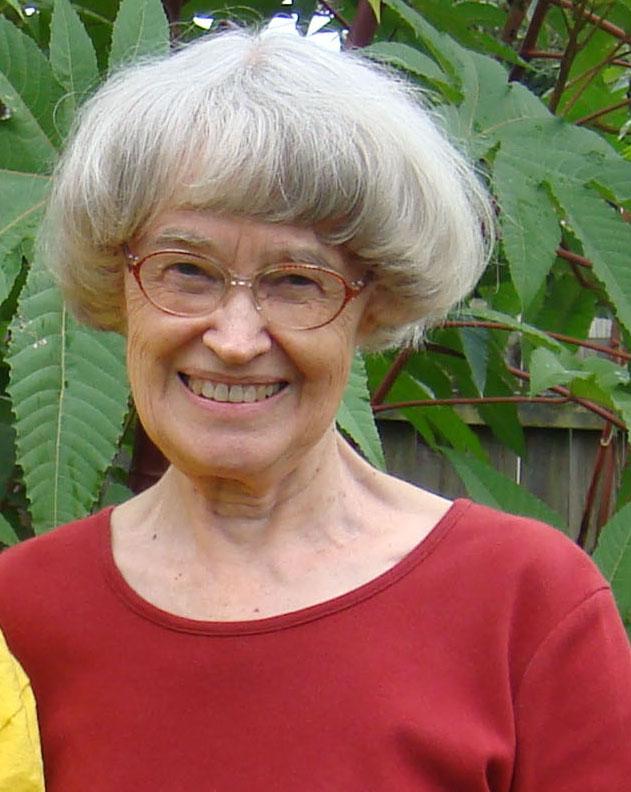 Dr. Carol Baskin
Dr. Carol Baskin
Abstract:
What controls the timing of seed germination in nature? This question is of much interest because the timing of seed dormancy-break and germination are an important part of the adaptation of a species to its habitat. Thus, we want to know what environmental conditions are required for seed dormancy-break and germination in various kinds of habitats from the tropics to the arctic, i.e. germination ecology.
My first germination experiments were conducted in 1966 when I was a graduate student at Vanderbilt University; I am still expanding my knowledge about seeds of wild plants. My original work/interests have expanded from germination ecology to the world biogeography of nondormancy and of the five classes/kinds of dormancy and to the evolutionary relationships of nondormancy and the classes of dormancy.
I have studied ca. 400 species from Kentucky/Tennessee, as well as species from Hawaii, Tiawan and Sweden. With collaborators, I have been involved in seed germination studies in Argentina, Australia, Brazil, China, India, Iran and Japan. The world biogeography of seed dormancy was part of a book entitled “Seeds: ecology, biogeography, and evolution of dormancy and germination, C.C. Baskin and J.M. Baskin, 1998 (1st ed.) 2014 (2nd ed.), Elsevier/Academic Press,” which contained a complication of data on the world biogeography of seed dormancy for ca. 3,000 (1st ed.) and 13, 600 (2nd ed.) species. This data set provides an overview of seed dormancy of trees, shrubs and herbs in all the major vegetation zones on earth, and it has now been used by various collaborators to help investigate other aspects of seed biology, including the evolution of seed dormancy (i.e. dormancy transition states).
I am a plant ecologist, and as such I seek information about the fossils and palaeohistory of seeds, embryo morphology, dormancy-breaking and germination requirements of seeds of species in all the major vegetation zones on earth and evolutionary relationships of nondormancy and the five classes of dormancy. Recently, I have been exploring how palaeohistory, biogeography and phylogeny have influenced seed dormancy-breaking and germination requirements in highly species-rich families such as the Asteraceae (ca. 30,000 species, sunflower family), Myrtaceae (ca. 6,000, Eucalyptus family) and Rubiaceae (ca. 13, 460 species, coffee family).
Watch the seminar here!
